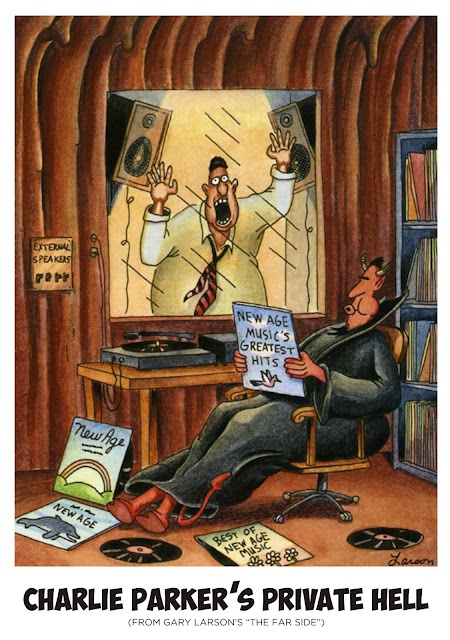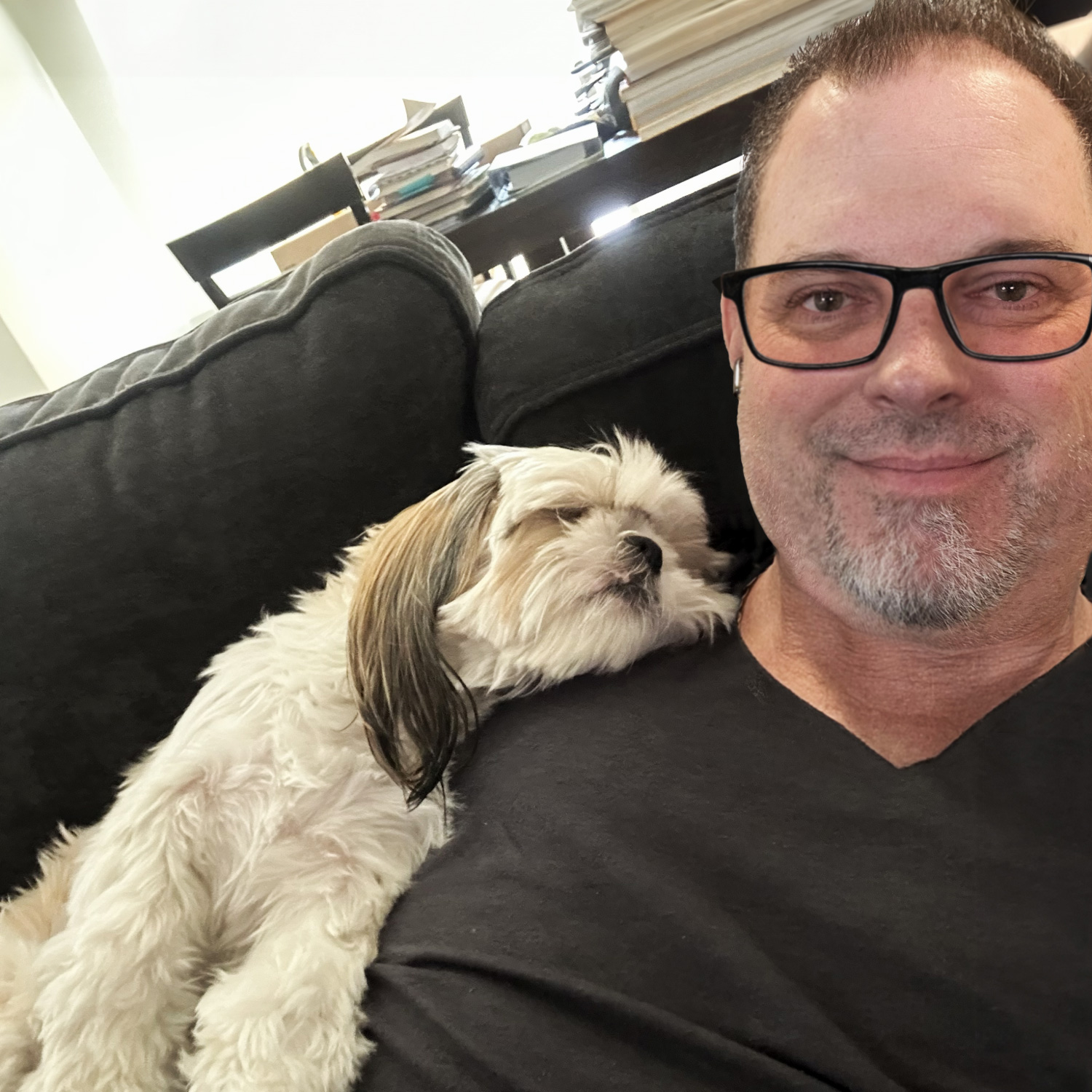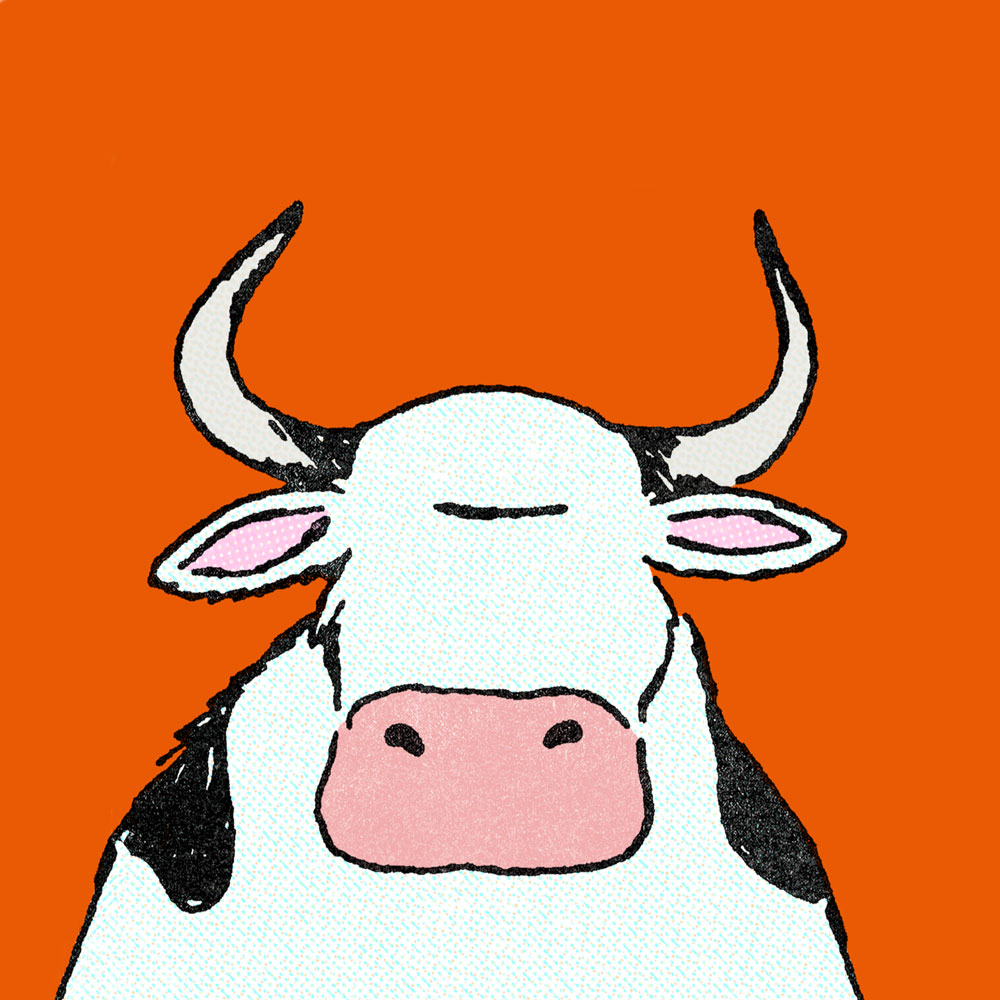Is there a deeper meaning here?
Self awareness? They all go to a convention meeting, which usually is a place for people who share a common interest to talk and learn. And here everone is standing around but without the slightest indication that any kind of actual exchange/dialogue takes place. Which defies the idea of a convention, but they at least know they’re part of the problem.
Good theory. How about the math problem theory?
Might be due to language / education differences but I don’t think I’ve ever seen these names come up in math problems.
Hmm guess I do see like Bob and Alice most often…
These are very common names used for people in maths problems and such. That’s how I read it anyway.
I really don’t think it has anything to do with math. Remember, this cartoon was written for the general public.
You know how people say “if you ___, you’re part of the problem”? I think the joke is that the people in the picture already know and believe that they’re part of the problem, rather than needing to be told. Rather than doing anything about it, they seem to celebrate it. It’s just kind of absurdist humor, nothing too deep.
Honestly, it hits different these days when a lot of right wing American politics is literally about celebrating being part of the problem. “Rolling coal” and such.
!!!
I think you’re onto it there! Thanks :)
I just took it to be saying were all part of the problem.
I think it’s a play on, “If you’re not part of the solution, you’re part of the problem.” And the artist is imagining a club full of people who were accused of being part of the problem.
I just realized something… does he ever draw non-white people?
Uh sorta. Cartoons like this generally just had black ink to work with unless utilizing color for a Sunday edition.
So shading is usually done as a series of black dots (as above) rather than a smooth tone. Empty areas can be shaded this way but it can be very obscuring to detailed areas like faces. A lot of B&W print comics are like that.
Hell one of my favorite web comics 20 odd years ago had nonwhite characters that you only really saw when he colored panels.
Thank you for explaining that but I just scrolled through and didn’t see a single non-white person.
Yeah, Franklin from Peanuts tended to be a bit difficult to read facially sometimes because of the shading. Watterson once said that black and white shading could be tricky since the eye, being lazy, was drawn to empty white space.
So often in black and white comics they just forgo skin tones, especially in a more simplistic style like Larson’s. If you look at Watterson’s art, for example, his Sunday strips do show some darker kids, but in the daily black & whites they’re generally all drawn ‘white’.
Also keep in mind that Larson is white, and so him making fun of black people probably wouldn’t go over well.
Just to note: Bill Watterson made Calvin and Hobbes. I think you’re accurately referencing him with that statement, though Charles Schulz made Peanuts.
Yes, I know. I was referencing two different artists; one that did try to have their darker-skinned characters be that way even in black and white, vs one who didn’t because he was concerned about how the comic would read.
It wasn’t clear from first glance, so cool: glad to hear it was of no mistake.

Nice find
deleted by creator




